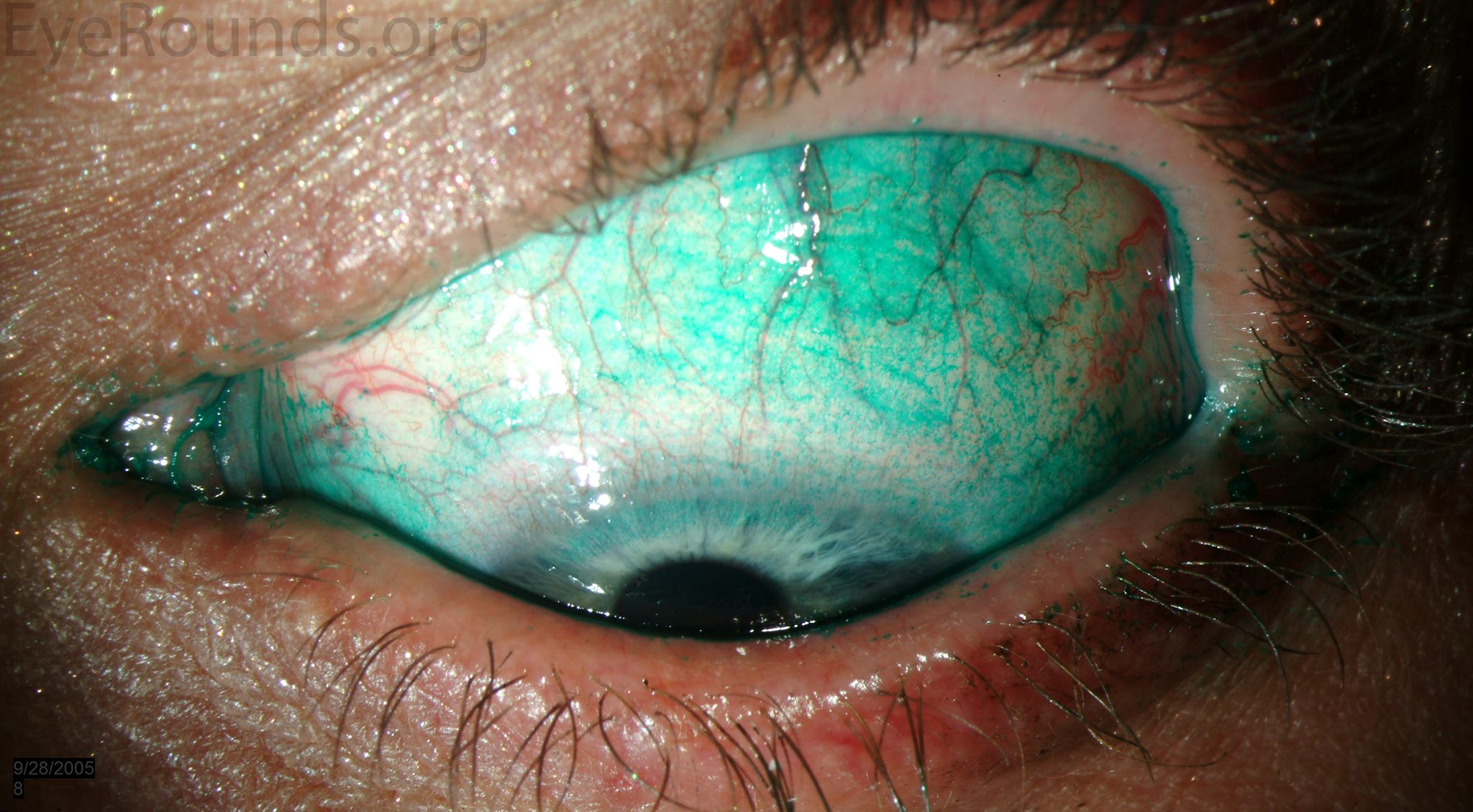Dry Eye Syndrome, also known as Keratoconjunctivitis Sicca (KCS), is a common condition that affects millions of people worldwide. It occurs when the eyes do not produce enough tears or when the tears evaporate too quickly, leading to discomfort and potential damage to the surface of the eyes. This article delves into the causes, symptoms, and treatments of this condition to help you better understand and manage it.

Understanding Dry Eye Syndrome
Dry Eye Syndrome is more than just occasional eye dryness. It is a chronic condition that can significantly impact daily life if left untreated. The tear film, which coats the surface of the eyes, plays a crucial role in maintaining eye health. When this film is disrupted, it can lead to irritation, redness, and even vision problems.
The Role of Tears in Eye Health
Tears are essential for keeping the eyes moist and protected. They consist of three layers: an oily layer, a watery layer, and a mucus layer. Each layer serves a specific purpose:
- Oily Layer: Produced by the meibomian glands, this layer prevents tears from evaporating too quickly.
- Watery Layer: Secreted by the lacrimal glands, this layer cleanses the eyes and washes away particles.
- Mucus Layer: Produced by the conjunctiva, this layer helps spread tears evenly across the surface of the eyes.
When any of these layers are disrupted, it can result in dry eyes.
Causes of Dry Eye Syndrome
There are numerous factors that can contribute to the development of this condition. Some are related to lifestyle, while others are linked to underlying health issues or environmental factors.
Age and Hormonal Changes
As people age, their tear production naturally decreases. This decline is particularly noticeable in individuals over the age of 50. Additionally, hormonal changes, especially in women during menopause, can affect tear production and quality.
Environmental Factors
Environmental conditions such as dry climates, wind, smoke, and air conditioning can increase tear evaporation. Prolonged exposure to screens, such as computers and smartphones, can also reduce blink rates, leading to insufficient tear distribution.
Medical Conditions
Certain medical conditions are closely associated with dry eyes. These include:
- Rheumatoid Arthritis: An autoimmune disorder that can affect tear production.
- Sjogren’s Syndrome: A condition that primarily affects moisture-producing glands, including those responsible for tear production.
- Diabetes: Can cause nerve damage that affects tear secretion.
- Blepharitis: Inflammation of the eyelids that disrupts the oily layer of tears.
Medications
Some medications can have side effects that lead to dry eyes. Common culprits include:
- Antihistamines
- Decongestants
- Antidepressants
- Hormone replacement therapy
- Acne medications containing isotretinoin
Symptoms of Dry Eye Syndrome
The symptoms of this condition can vary from mild to severe and may include:
- A gritty or sandy sensation in the eyes
- Redness
- Burning or stinging
- Blurred vision
- Light sensitivity
- Excessive tearing (as a reflex response to dryness)
- Difficulty wearing contact lenses
Impact on Daily Life
While some individuals experience only mild discomfort, others may find that their symptoms interfere with daily activities such as reading, driving, or working on a computer. Chronic dryness can also lead to complications like corneal ulcers or infections if left untreated.
Treatments for Dry Eye Syndrome
Fortunately, there are several treatment options available to alleviate the symptoms of this condition. The choice of treatment depends on the severity of the symptoms and the underlying cause.
Lifestyle Modifications
Making simple changes to your daily routine can often provide relief:
- Increase Humidity: Use a humidifier at home or work to add moisture to the air.
- Take Breaks from Screens: Follow the 20-20-20 rule—every 20 minutes, look at something 20 feet away for 20 seconds.
- Protect Your Eyes: Wear sunglasses outdoors to shield your eyes from wind and sun.
- Stay Hydrated: Drink plenty of water to support overall hydration.
Artificial Tears
Over-the-counter artificial tears are one of the most common treatments for mild cases. These lubricating eye drops mimic natural tears and provide temporary relief. Preservative-free options are recommended for frequent use to avoid irritation.
Punctal Plugs
Punctal plugs are tiny devices inserted into the tear ducts to block drainage. By keeping tears on the surface of the eyes longer, they help maintain moisture levels. These plugs can be temporary or permanent, depending on the individual’s needs.
Medications
For moderate to severe cases, prescription medications may be necessary:
- Cyclosporine Eye Drops: Reduce inflammation and promote tear production.
- Lifitegrast Eye Drops: Another anti-inflammatory option that improves tear quality.
- Tear Stimulators: Oral medications that encourage the body to produce more tears.
Procedures and Therapies
In advanced cases, specialized procedures may be required:
- LipiFlow Treatment: A thermal pulsation system that unclogs blocked meibomian glands to improve the oily layer of tears.
- Intense Pulsed Light Therapy: Uses light pulses to reduce inflammation around the eyelids and improve tear function.
- Surgery: In rare cases, surgical closure of the tear ducts may be performed to conserve tears.
Nutritional Supplements
Omega-3 fatty acids, found in fish oil and flaxseed oil, have been shown to improve tear quality and reduce inflammation. Incorporating these supplements into your diet may complement other treatments.
Preventing Dry Eye Syndrome
While not all cases of this condition can be prevented, certain measures can reduce the risk or severity of symptoms:
- Avoid smoking and exposure to secondhand smoke.
- Use artificial tears before engaging in activities that strain the eyes, such as prolonged screen time.
- Regularly clean your eyelids to prevent blockages in the meibomian glands.
- Consult your doctor about adjusting medications that may contribute to dry eyes.
Regular Eye Exams
Scheduling regular eye exams is crucial for early detection and management of this condition. An eye care professional can assess tear production, identify underlying causes, and recommend appropriate treatments.





